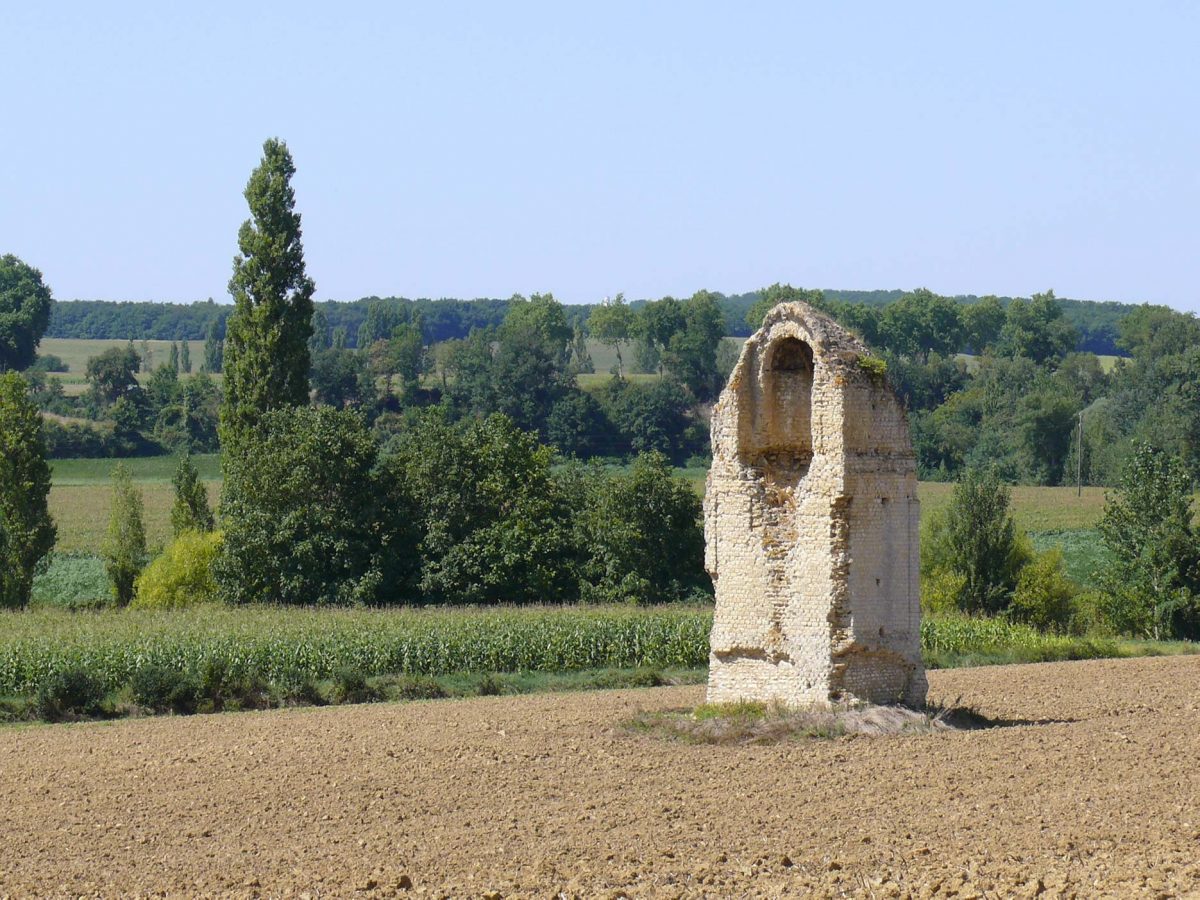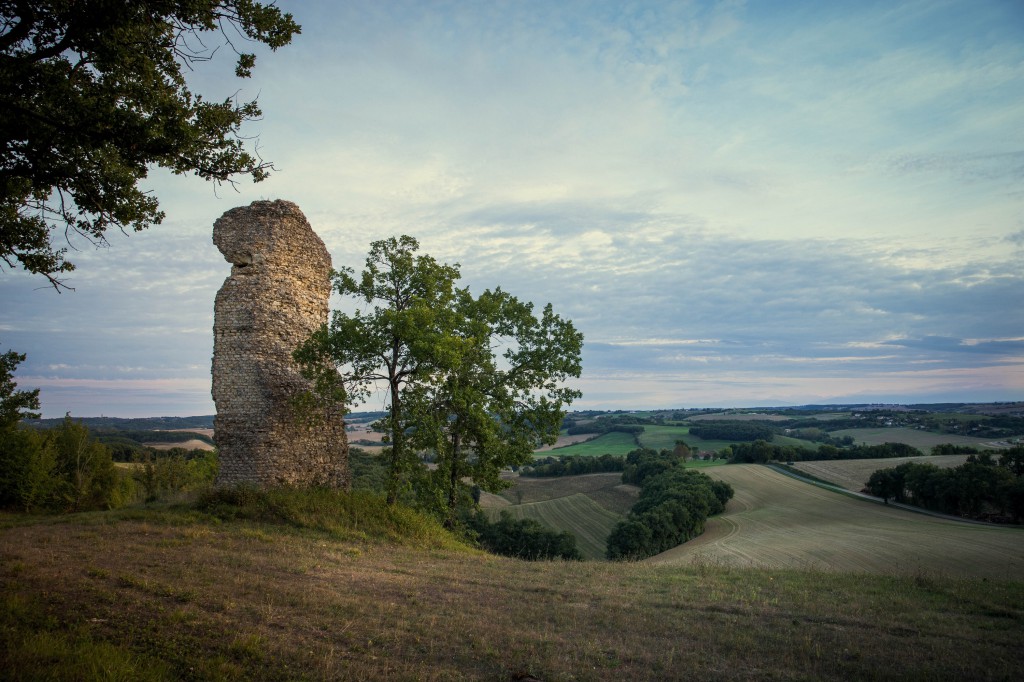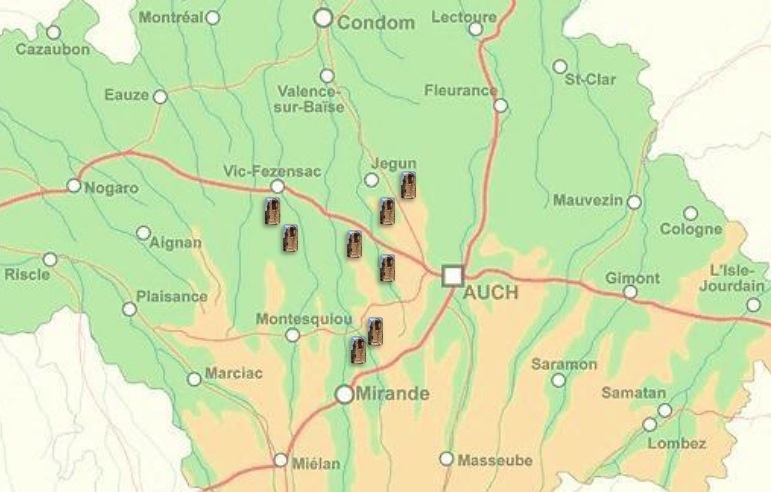In the department of Gers, we sometimes meet at the bend of a small road or in the shelter of a grove of very curious buildings in the form of towers hollowed out of a niche: The pile, more precisely called the Roman pile, Gallo-Roman pile.
Discovering the vestiges of the past

These piles, raised between the XNUMXst and XNUMXth century often bear a local name, like "tourraque", from the Occitan of "tour" or "Peyrelongue" "long stone". The base is larger in size than the rest of the construction, then follow “floors” simulated by bands or cornices.
A final level has a niche, most often vaulted in a cradle or cul-de-four, facing east or south, which houses a statue.
The top of the stack is dome, cone, or pyramid shaped. The tower is solid: the exterior walls are made of stone or brick, while the interior receives a blockage of coarse materials.
The average height of a pile, difficult to establish due to the degradation of the remaining monuments, could reach or exceed ten meters.
Rich graves?
Historians have long hesitated, and today claim that it is funerary monuments erected in honor of an important local personality, certainly a large landowner. The tombs were in the enclosure surrounding the pile.
This funerary function is not necessarily in contradiction with the various hypotheses because the tombs were often built at the crossroads, according to the same rules established by the Roman surveyors, and their enclosures, almost all disappeared, contained objects of worship and statues of deities.
Funerary monuments whose principle can be compared to that of the French “piles” are also found in Spain (Scipion tower in Tarragona), Germany, Tunisia and Libya.

In Auch, the Museum of the Americas – Auch has an “Antiques” gallery which bears witness to the Roman and Gallo-Roman history of Auch and the Gers.
Where to see them?
In the department of Gers, there are 8 of them.

In the Auch sector:
Saint Lary : (43.72042, 0.494952) to the west of the village, about 900m from the D930 connecting Auch and Condom, the “most interesting pile in the Gers”. 11.20m high, it has retained a large part of its exterior cladding and decoration.
- to the north-east of the village, the pile of Lasserre, or of Encassou-Pancaran. 6 m high, very degraded.
- (43.701286, 0.468689) north of the village, right bank of the Arros, the Larroque-Mengot pile. 12 m high, the facing and the upper niche have disappeared. The small niche was fitted out in the XNUMXth century.
A moment : (43.684741, 0.39718) la tourraque de Lacouture. 11 m high, it is the most imposing of the Gers piers. The niche, vaulted in a cul-de-four, opens to the east.
In the Vic-Fezensac sector:
Roquebrune: (43.70076, 0.281492) the pile of Montjoie. Low in height, it has a barrel vaulted niche and its nature is not precisely known, it could be a temple. The toponym Montjoie, frequently designating the site of a monument erected at a crossroads, is sometimes found associated with a pile.
St. Arailles : (43.622444, 0.358235) 500 m south of the village of la tourraque de Merlieu. The pile begins to be demolished in 1856. After the disappearance of the upper part, the height is 5 m, the base of 3,80 m by 2,70 m.
In the Mirande sector:
Mirande: 2km north-east on the right bank of the Grande Baïse, the pile of Artigues or Betbèze, of which only the base remains (4.5 m high)
Lamazère: 1.5 km north of the village on the right bank of the petite Baïse la tourraque d'Ortolas, height 5,50 m.
DID YOU KNOW ?
These funerary monuments were reusable: the niche of the piles housed a statue whose removable head could be changed and replaced ...
Sources: Archaeological Map of Gaul - Le Gers - Jacques Lapart and Catherine Petit under the responsibility of Michel Provost - Academy of Inscriptions and Belles-Lettres, Ministry of Culture, 354 pages, 1993.

 "/>
"/>